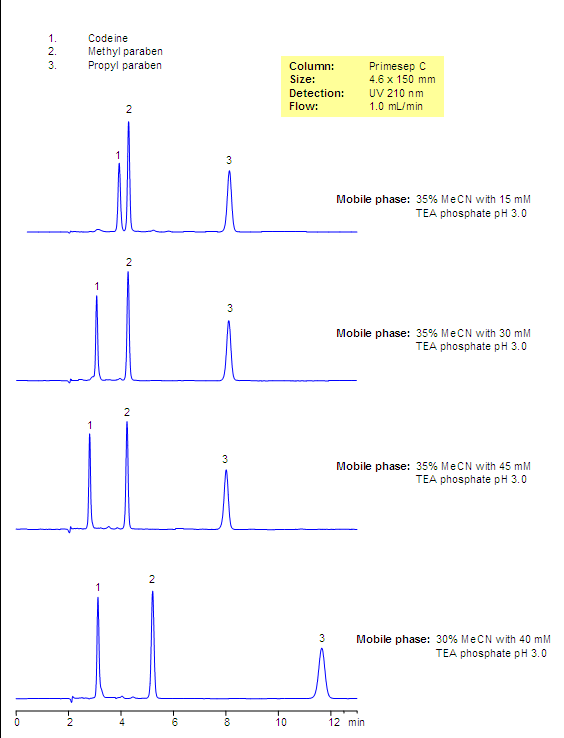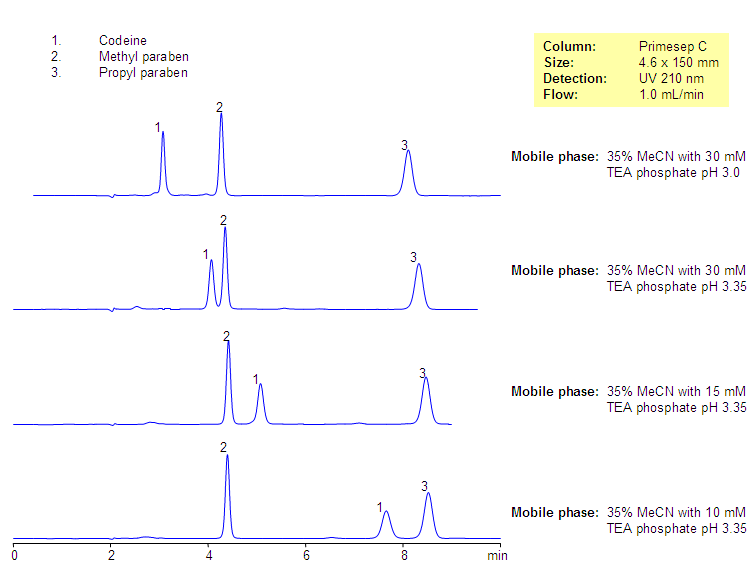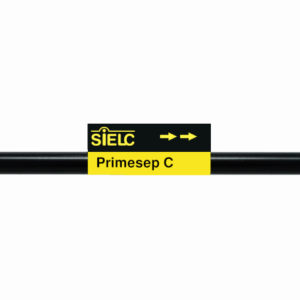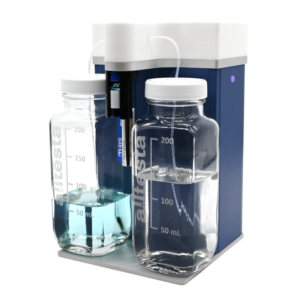
Codeine and two parabens are separated by mixed-mode chromatography. Codeine is retained by reversed-phase and cation-exchange mechanisms and parabens are retained by reversed-phase mechanism. The retention time of codeine can be adjusted by changing the amount of acetonitrile, buffer concentration, and buffer pH. The mobile phase for this column and its separation are fully compatible with UV, ELSD, LC/MS and prep chromatography, various organic and inorganic acids, and corresponding buffers can be used.

Codeine is a hydrophobic basic drug which is used in many drug compositions as an analgetic, antitussive, anxiolytic, and sedative agent. Codeine is widely used as a moderate pain and cough reliever. It is usually part of complex composition and comes in the form of a tablet or syrup. Several preservatives are used in most of the drug composition and include parabens and benzoates. The mixture of codeine, methyl and propyl parabens was separated on Primesep C mixed-mode reversed-phase cation-exchange column. Codeine is retained by reversed-phase and cation-exchange mechanisms and parabens are retained by reversed-phase mechanism. No ion-pairing reagent is required since Primesep C mixed-mode stationary phase has an ion-pairing reagent attached to the surface.
Application Column
Primesep C
The Primesep family of mixed-mode columns offers a wide variety of stationary phases, boasting unprecedented selectivity in the separation of a broad array of chemical compounds across multiple applications. Corresponding Primesep guard columns, available with all stationary phases, do not require holders. SIELC provides a method development service available to all customers. Inquire about our specially-tailored custom LC-phases for specific separations.
Select optionsMethylparaben
Propylparaben





